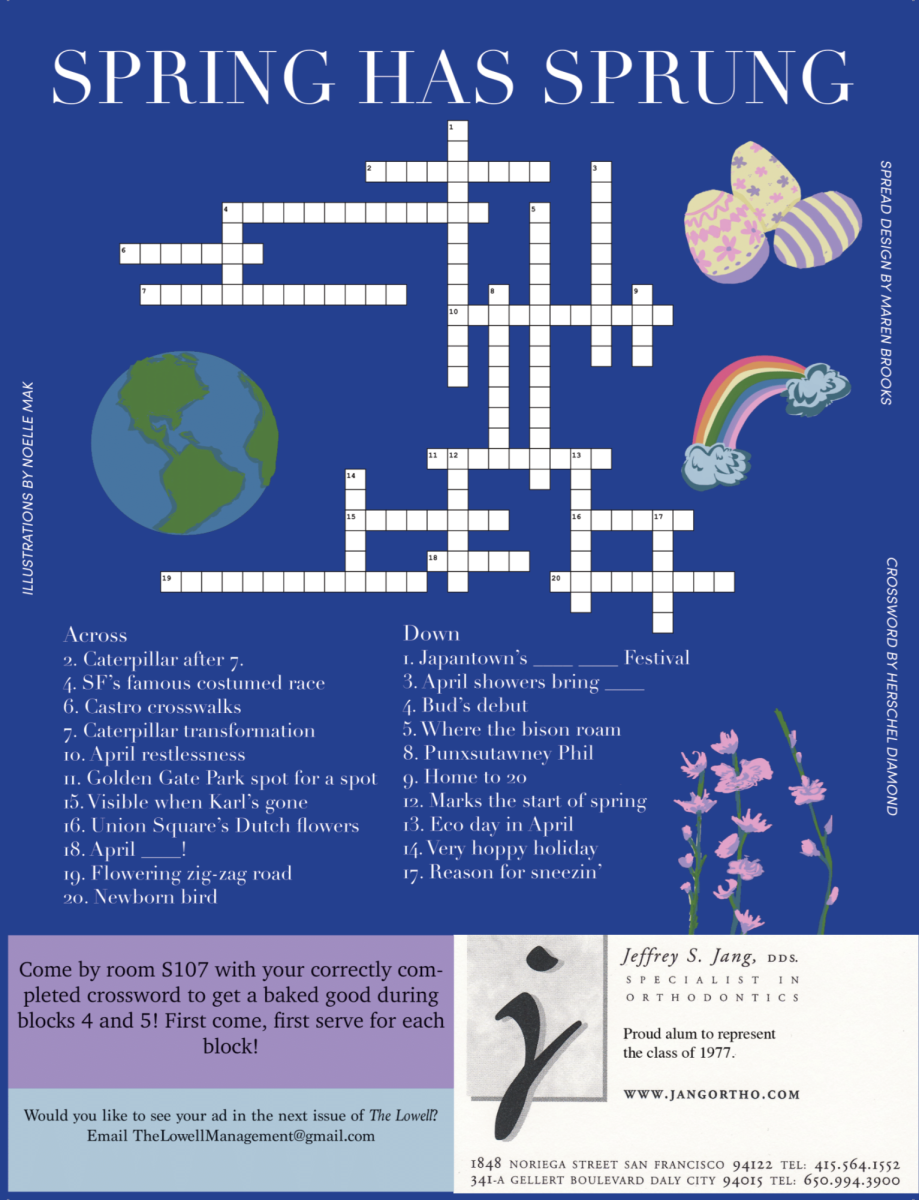In Charlie Kaufman’s 2020 film I’m Thinking of Ending Things, appearances can be deceiving. The movie opens with a familiar scene: a woman embarking on a road trip with her new boyfriend, the exciting future of their relationship extending ahead of them. But as doubts begin to creep into her mind about their happiness together, the comfortable atmosphere begins to degrade, until nothing is predictable and the characters’ inner demons run rampant. Poignant and disturbing, I’m Thinking of Ending Things utilizes unsettling pacing, out-of-place horror, and inconstant characterization to deliver an unrelenting sense of unease and suspense.
I’m Thinking of Ending Things is difficult, even painful, to sit through. Its long shots, unchanging scenes, and slow, meandering conversations are a far cry from the rapid pacing the modern audience has come to expect. The movie features only a small cast of named characters, whose interactions with each other are cold, awkward, and seem almost rehearsed. Rather than resembling realistic conversation, the two main characters’ dialogue more closely mimics an internal debate, with constant rebuttals and circular reasoning conveying a sense of hopelessness in their shared moments. Conversations jump sporadically from logical comments to strange, philosophical discussions. In the unassuming medium of road trip small talk, the central couple’s dark musings travel erratically to topics of death, decay, suicide, and free will. The film confronts the audience with its barbed exterior, forcing them to look deeper in order to uncover its true nature.
Much of the psychological horror in I’m Thinking of Ending Things stems from its twisted reflections of normalcy. When the woman’s boyfriend opens the door to the barn in his childhood home, her anticipation of a peaceful scene of farm animals turns to horror: the lambs are frozen to the ground and a blackened spot is all that remains of pigs that were eaten alive by maggots. This subversion of the audience’s expectations, with moments of terror contaminating scenes of comfort, contributes to the increasingly unsettling nature of the film. The film betrays the audience’s trust, keeping them on the edge of their seats until the very end.
In I’m Thinking of Ending Things, Kaufman explores the fluid boundaries of identity. Characters’ names, jobs, ages, and even the actors who portray them change from scene to scene, allowing the viewer to observe the story’s key players as impermanent. In this way, I’m Thinking of Ending Things is transformed from a traditional movie into a fable or legend. The characters become mere archetypes of human behavior, puppeteered by the malevolent hands of fate. Kaufman’s characters seem powerless to change their destiny, doomed to live through the stories that they tell each other in painfully stark irony.
Kaufman expands his twisted portrayal of identity by breaking down the boundaries between characters. Personality traits and moments from the characters’ pasts seem to change hands almost imperceptibly until the central cast blurs together, making it unclear if there are truly divisions between them at all. When the main character arrives at her boyfriend’s childhood home, she finds a picture of him as a child that she initially recognizes as herself, and later encounters artwork in the basement that she had previously displayed as her own. This mirrors the film’s shifting depictions of identity, causing viewers to question the ownership we hold over the ideas and memories through which we define ourselves.

I’m Thinking of Ending Things is an unconventional addition to the world of psychological horror. The film builds tension through uncanny scenes that offer a hollow, sinister mimicry of reality, and its unassuming setting makes its dark subject matter all the more horrifying. I’m Thinking of Ending Things is a disquieting watch, but it leaves the viewer with questions about the nature of identity and reality that are worth grappling with.
















